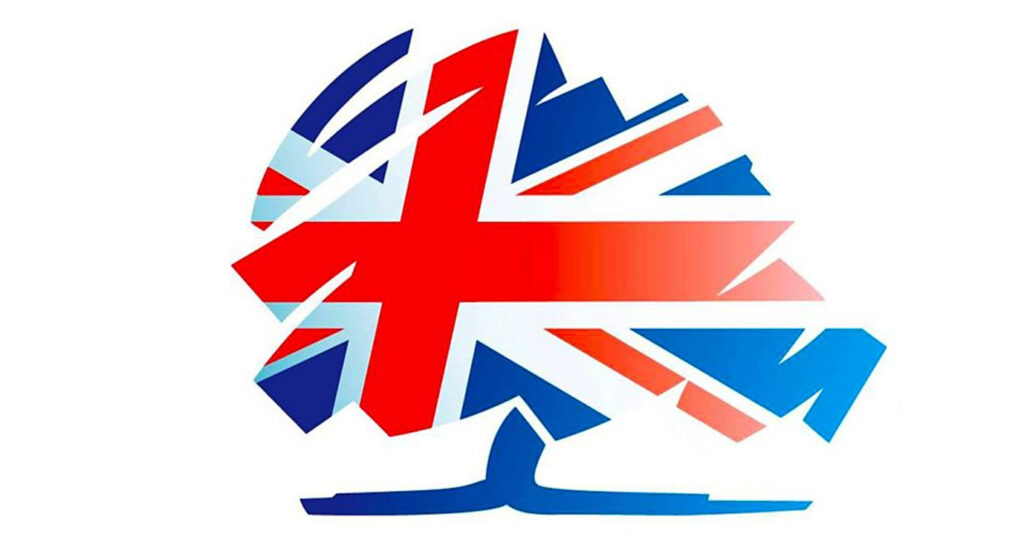
Yesterday I set out my two main observations from the research that went into The Lost Majority, my book on the 2017 election that is published this week. One was that while the Conservative voting coalition in June was bigger than the one that elected David Cameron two years ago, it was also different: older, more working class, more modestly educated, more socially and culturally conservative, and more pro-Brexit. Those who switched away from the party were disproportionately likely to be younger, graduates, professionals, and to be more socially liberal, and to have voted to remain in the EU. While drawing more working class voters to the Tories is a significant achievement, the party will need to be able to reach further beyond these dividing lines to win in the future, especially if 42 per cent of the vote is not enough for an overall majority.
Read more


